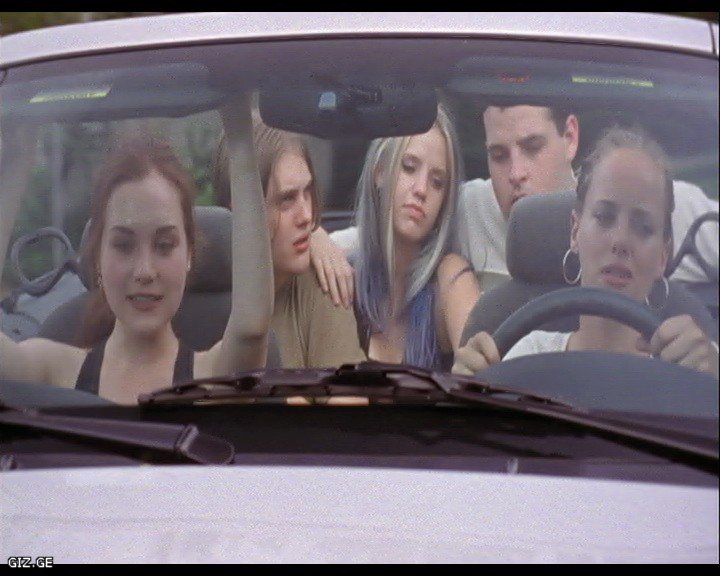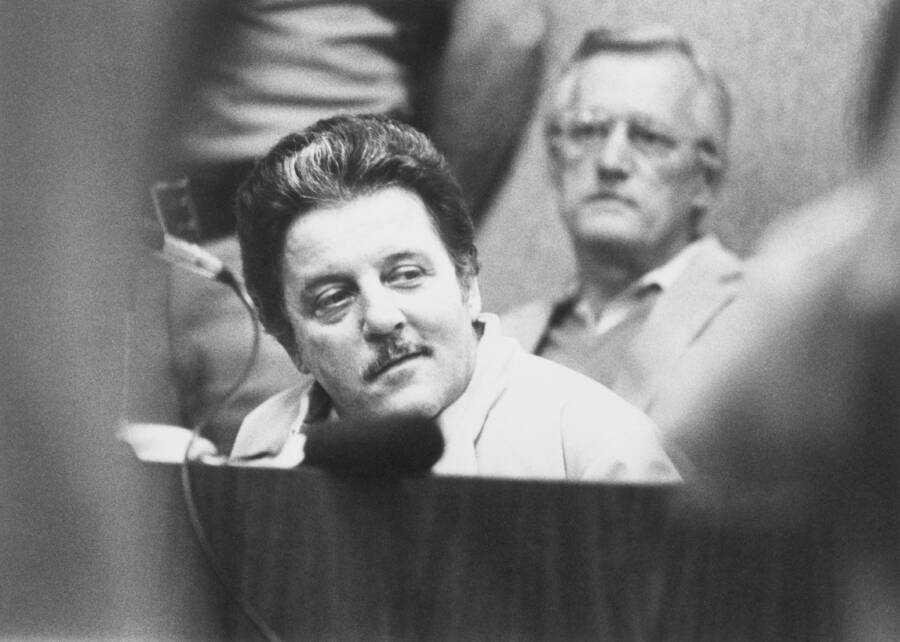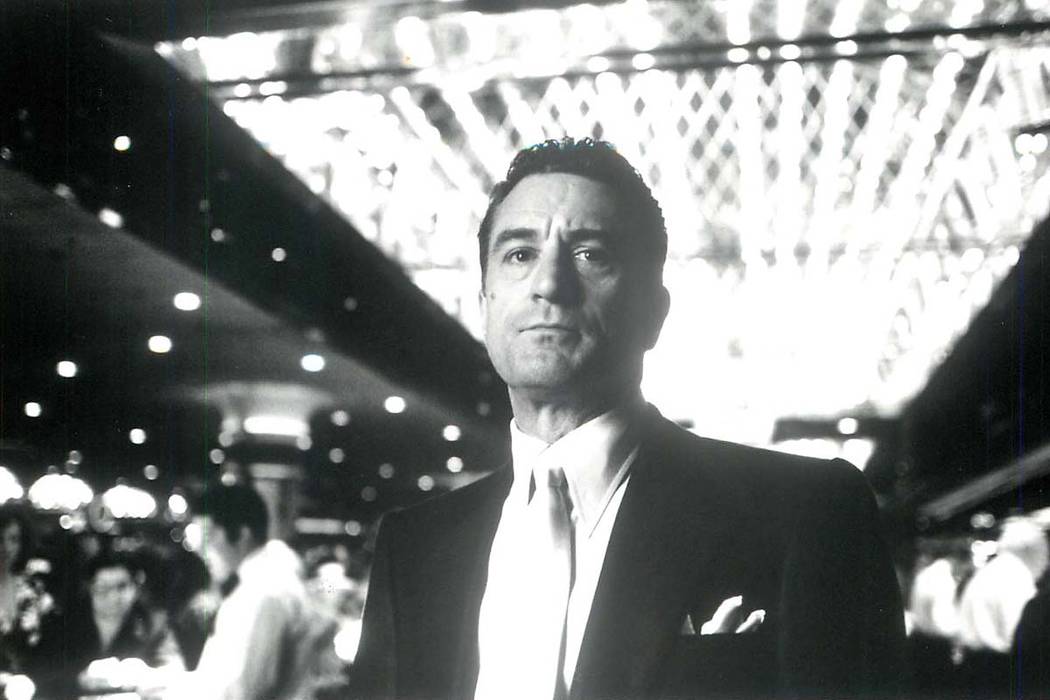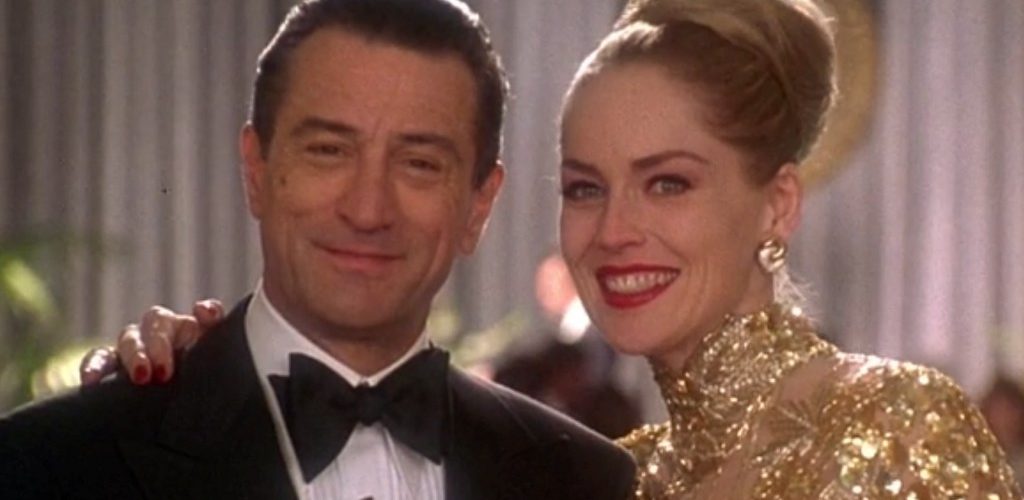Casino 1995 True Story
“Casino” is one of the all-time great movies about Las Vegas. The film, released in 1995, was inspired by real people and, in large part, actual events. “Casino” is a funny, violent, eye-opening glimpse into the colorful history and culture of Las Vegas casinos, and the film has helped shape how many perceive Sin City, for better or worse. Casino (4/10) Movie CLIP - For Ginger, Love Costs Money (1995) HD Watch this video on YouTube “Casino” did not over-perform at the box office; in fact, it barely broke even domestically, as the word of mouth was stunted by the mixed reviews, complaints about the violence and especially the length.
- In the 1995 film Casino, director Martin Scorsese and star Robert De Niro gave us the fictional story of Sam “Ace” Rothstein, a mob-affiliated casino operator who always knows just how to manipulate odds and maximize profits on behalf of the murderous gangsters he works with.
- This 1995 gangster classic is based on the nonfiction book Casino: Love and Honor in Las Vegas, by Nicholas Pileggi, the author of Wise Guys and Goodfellas ’ source material. All Scorsese had to do.
The 1995’s classic the Casinois based on a real story. All of us know it, but to which extent? Which moments and episodes happened in life and which ones were pure movie magic? Let’s engage in a fascinating journey together to dig up the truth behind the sheik of Hollywood, shall we?
Sure enough a casino back in the day was not as player friendly as a modern real money casino app, but things never went that south, or did they?
First and foremost it is important to notice who the actors have resembled. Here is a fine list for you to narrate on the subject.
- Robert De Niro put on the face of Frank “the Kefty” Rosenhault.
- Joe Pesci played Anthony Spilotro AKA “The Ant”.
- Sharon Stone pictured the famous fame fatale Geraldine McGee.
That part is OK for now and resembles the truth of the events with exquisite accuracy. But what about the rest of the story? Here are several amazing facts for you to enjoy.
- The scene with security crushing a cheater’s hands is historically accurate. This has happened in real life more than once. Surely there was an element of Hollywood as this never happened in the actual “Casino” story but, nonetheless, the penalty for cheating was heavy back in the day.
- Lefty was running four casinos at the same time, while the story of the movie only resembles around the Tangiers.
- The Teamsters, after heavy pursuit by the mob did in fact fund the casino. This part is quite accurate.
- The lion performers hired in the movie were based on Siegfried and Roy. The battle for them after expiration of a contract with Stardust is real as well and all of the events pictured in the movie regarding this moment are pretty accurate.
- Here’s another fun element that’s 100% real – Nicky was in fact banned from EVERY casino in VEGAS.
- The rival’s head in a vase is also real. This gruesome element of the film did indeed happen in life. What a waist.
- That noted, Anna Scott, Green’s business partner was also murdered in her home on November 9, 1975. She was shot after a series of loan issues.
There isn’t really a conclusion aside the fact that they could really make a great movie back in the day. What are your thoughts about the Casino? Did you enjoy the film and maybe you also believe that we are talking about De Niro’s best performance right now?
Mobster Frank Rosenthal helped build a casino empire — then watched it all slip away in a storm of violence and betrayal.

Bettmann/Contributor/Getty ImagesFrank Rosenthal adjusts his tie while refusing to answer questions before a Senate subcommittee on gambling and racketeering. Washington, D.C. Sept. 7, 1961.
In the 1995 film Casino, director Martin Scorsese and star Robert De Niro gave us the fictional story of Sam “Ace” Rothstein, a mob-affiliated casino operator who always knows just how to manipulate odds and maximize profits on behalf of the murderous gangsters he works with.
But if Rothstein and his violent Las Vegas adventures seem too outrageous to be true, take note that this character was based on Frank “Lefty” Rosenthal, a real-life gambler and gangster every bit the smooth criminal the movie made him out to be.
Casino 1995 True Story Cast
The Road To Las Vegas
Born in Chicago on June 12, 1929, Frank Rosenthal spent many of his early days at the horse track with his father, who owned several horses, learning everything he could about racing. Moreover, of course, he learned about a crucial part of the sport: gambling.
Casino 1995 True Story Movie
As he grew older, Rosenthal’s interest in and knowledge of gambling extended beyond horse racing and into other sports like football and baseball. The young gambler learned, as he later said, that “Every pitch. Every swing. Everything had a price.”
By the time he was a young adult, he was heavily involved in the mob-controlled illegal gambling scene in Chicago.
Working for the Chicago Outfit in the mid-1950s, Rosenthal had a talent for setting the perfect odds for sports betting. He manipulated the odds just enough to entice gamblers to bet while also keeping the odds just where they needed to be so that the bookies could be sure that they’d come out ahead no matter what happened.
A whiz with numbers possessed of a Rain Man-like ability to calculate odds, Rosenthal was also a meticulous researcher who would get up early in the morning to study some 40 out-of-town newspapers in order to gather all the information he needed to make the odds just right.

Of course, Rosenthal also wasn’t above taking steps to make sure that he got the results he wanted, and by the early 1960s, he found himself in trouble for fixing games. In 1962, he was convicted of bribing a college basketball player to shave points during a game in North Carolina.
The year before, he’d been dragged in front of a Senate subcommittee on gambling and organized crime due to his now-nationwide underworld reputation as an oddsmaker and match fixer. During the proceedings, he invoked the Fifth Amendment a whopping 38 times, even when asked if he was left-handed — hence his nickname, “Lefty” (some sources claim that the nickname simply comes from his being left-handed).
Around this same time, Frank Rosenthal moved to Miami, where he and other Chicago Outfit members continued to participate in illegal gambling operations and even engage in violent assaults on their rivals. As part of these so-called “bookie wars,” Rosenthal came under suspicion in several bombings of rivals’ buildings and cars.
Feeling the heat — and surely understanding that Sin City was the place to be if you were a big-time gambler — Frank Rosenthal set out for Las Vegas in 1968.
Frank Rosenthal, Casino King
Upon arriving in Las Vegas, Lefty Rosenthal initially ran a betting parlor alongside a boyhood friend from Chicago who acted as his enforcer: Anthony “Tony the Ant” Spilotro (called “Nicky Santoro” and played by Joe Pesci in Casino).
Bettmann/Contributor/Getty ImagesAnthony Spilotro sits in a Las Vegas courtroom in connection with two old homicide cases. 1983.
Spilotro had a long rap sheet filled with violent crimes. In Chicago, he’d long been a killer for his organized crime bosses and authorities believed he may have killed at least 25 people. As the movie depicts, he even once boasted of squeezing a man’s head in a vice until his eyes popped out and then slashing his throat. Unverified and perhaps apocryphal reports still claim that Las Vegas’ murder rate went up by 70 percent after Spilotro arrived in town.
And now this violent killer was in Las Vegas to help the Chicago Outfit keep an eye on their gambling interests, which meant he’d be right by Rosenthal’s side.
https://www.youtube.com/watch?v=0KJ7l4gy4oo[/ebed]
Also by Rosenthal’s side was his new bride, Geri McGee (played by Sharon Stone as “Ginger McKenna” in the film, above), a former topless showgirl he’d met not long after moving to town and married in 1969. It was McGee who encouraged Rosenthal — whose betting parlor had come under fire on federal bookmaking charges (ones that he beat on a technicality) — to take a casino job.
So in 1974, Frank Rosenthal began working for the Stardust. Given his talent for gambling and his organized crime connections, he quickly rose through the ranks and was soon running the Stardust and three other casinos, all of them believed to be under the control of the Chicago Outfit.
This meant that each casino needed a squeaky clean frontman that would appear to be running things while Rosenthal was actually the boss behind the scenes. And Rosenthal was often quick to make it clear to such frontmen just who was really in charge.

As Rosenthal told one of his nominal “bosses” in 1974:
“It is about time you become informed of what is going on here and where I am coming from and where you should be… I have been instructed not to tolerate any nonsense from you, nor do I have to listen to what you say, because you are not my boss… When I say you don’t have a choice, I am just not talking of an administrative basis, but I am talking about one involving health. If you interfere with any of the casino operations or try to undermine anything I want to do here, I represent to you that you will never leave this corporation alive.”
And there was indeed plenty of ruthlessness in Rosenthal. As the film depicted (below), his security caught a man cheating and so he ordered them to break his hand with a hammer. “He was part of a crew of professional card cheats, and calling the cops would do nothing to stop them,” Rosenthal said in an interview later. “So we used a rubber mallet… and he became a lefty.”
But as ruthless as he could be, Rosenthal was also as meticulous and sophisticated in his approach as he ever was — and not just in terms of the gambling itself. He hosted a local television show featuring celebrity guests and even counted the blueberries in the kitchen’s muffins to make sure that there were always 10 in each.
Of course, he truly did make his mark in revolutionizing the casino’s gambling operation by moving heavily into sports betting and hiring female dealers. All in all, Frank Rosenthal’s moves helped send the Stardust’s profits soaring.

However, all good things must come to an end — especially when the mob and millions upon millions of dollars are involved.
Frank Rosenthal’s Fall From Grace

While the Stardust was thriving, Frank Rosenthal was having trouble with the authorities.
Though he was secretly running several casinos, he had no official gaming license (his past meant that he surely wouldn’t have been able to get one). And because of this as well as his known contacts in organized crime, the Nevada Gaming Commission was able to bar him from having anything to do with gambling in Las Vegas in 1976.
Meanwhile, authorities indicted Spilotro and a dozen other mobsters who’d been making serious money off of these casinos. What’s more, Rosenthal also found out that Spilotro had been skimming money that even his mob bosses weren’t aware of, causing a falling out between the two old friends (see the film’s dramatization below).
Furthermore, Rosenthal learned that Spilotro had been having an affair with McGee. Though she and Rosenthal had two children together, this infidelity and her drug abuse contributed to their marriage failing in 1980.
Meanwhile, Frank Rosenthal’s whole world was falling apart as authorities continued to interrogate him about his connections with Spilotro and his involvement in all manner of illegal activities that had taken place inside his casinos. He tried repeatedly to get the gaming license that would enable him to freely and legally return to work inside a casino, but was never approved.
Things only got worse in October 1982. Rosenthal left a local restaurant and got into his car. Moments later, it exploded. Rosenthal was thrown from the car, but his life was saved by a metal plate underneath his seat that just happened to be a feature of that particular model and was able to shield him just enough from the bomb’s blast from below. He suffered only minor burns and a few broken ribs.
Authorities never figured out who set the bomb, and Rosenthal always insisted that he never knew either, but most suspect that the mob had done so as a way to get revenge and clean house after the news broke that Rosenthal’s friend, Spilotro, had been skimming mob profits.
Lefty Rosenthal survived, but McGee and Spilotro did not. McGee was found dead in Los Angeles a few weeks after the bombing due to a mysterious collapse that was officially ruled a drug overdose (details remain fuzzy). Spilotro was found beaten to death and buried in an Indiana cornfield in 1986.
But Rosenthal emerged unscathed and took his two children to California and then to Florida, where he worked as a nightclub manager and ran an online betting site before dying in 2008 at the age of 79.
To the end, Rosenthal had mixed opinions about the movie based on his Las Vegas career but felt that it was largely accurate (but insisted that he never funneled casino profits illegally to the mob). And in a sense, that says a lot about the wild life of Frank Rosenthal. After all, how many people could have their life story turned into a hit movie with few, if any, embellishments needed?
After this look at Frank Rosenthal, discover the true story of Henry Hill as well as other real-life Goodfellas like Tommy DeSimone and Jimmy “The Gent” Burke.